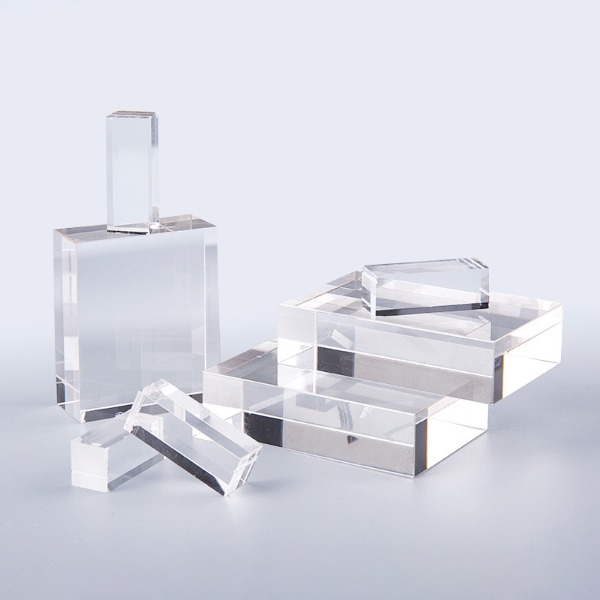Light guide block have become essential components in the realm of modern lighting solutions, especially in applications like LCD backlighting, automotive lighting, and architectural illumination. The effectiveness of an light guide block in guiding and distributing light is significantly influenced by its design and geometry.
At its core, a light guide block is a transparent medium that directs light from a source, such as LEDs, to a desired output area. The fundamental principle behind light guide block is total internal reflection, which allows light to travel through the block while minimizing losses. However, the geometry of the light guide block—including its shape, thickness, and surface features—plays a crucial role in determining how effectively it can perform this function.
One of the simplest forms of an light guide block is a flat panel; however, more complex geometries, such as prismatic patterns or curved surfaces, can enhance light diffusion. For instance, incorporating microstructures on the surface can scatter light more evenly, leading to a more uniform illumination. Research indicates that optimizing these geometric features can improve light output efficiency by up to 30%, making the design of light guide block a critical aspect of modern lighting technology.

The Role of Geometry in Light Distribution
The geometry of a light guide block directly affects how light is distributed across its surface. A well-designed light guide block will ensure that light is evenly distributed, reducing hotspots and ensuring a consistent luminance. For instance, a wedge-shaped light guide block can create a broader light distribution angle compared to a traditional flat design, allowing for greater flexibility in placement and application.
Moreover, the thickness of the light guide block is another pivotal factor. Thinner blocks tend to have higher transmission efficiency but can lead to uneven lighting if not designed properly. Conversely, thicker blocks may provide better diffusion but at the expense of light loss due to absorption and scattering. The optimal thickness often depends on the intended application, requiring a careful balance between light output and distribution.
Surface Features and Their Impact
The surface features of an light guide blocks are equally important in influencing its light guiding properties. Techniques such as adding micro-prismatic structures or textured surfaces can significantly enhance light scattering. These features act as prisms, redirecting light at specific angles to achieve desired distribution patterns.
Additionally, the material used in the light guide block can further enhance its performance. Materials with higher refractive indices can improve light confinement within the block, while surface coatings can minimize reflections and maximize transmission. It’s essential to consider both the surface texture and the material properties when designing light guide block for specific applications, as they collectively determine the efficiency and quality of light output.
The design and geometry of light guide blocks are pivotal in determining their light guiding and distribution properties. From the basic shape and thickness to intricate surface features, each aspect plays a critical role in achieving optimal performance. As technology advances, the potential for innovative designs continues to grow, paving the way for more efficient and effective lighting solutions. By understanding these principles, engineers and designers can create light guide block that not only meet but exceed the demands of modern applications, ensuring that light is harnessed and distributed with maximum efficiency.

 English
English 日本語
日本語 русский
русский Español
Español Deutsch
Deutsch 中文简体
中文简体










 苏公网安备32041102000130号
苏公网安备32041102000130号